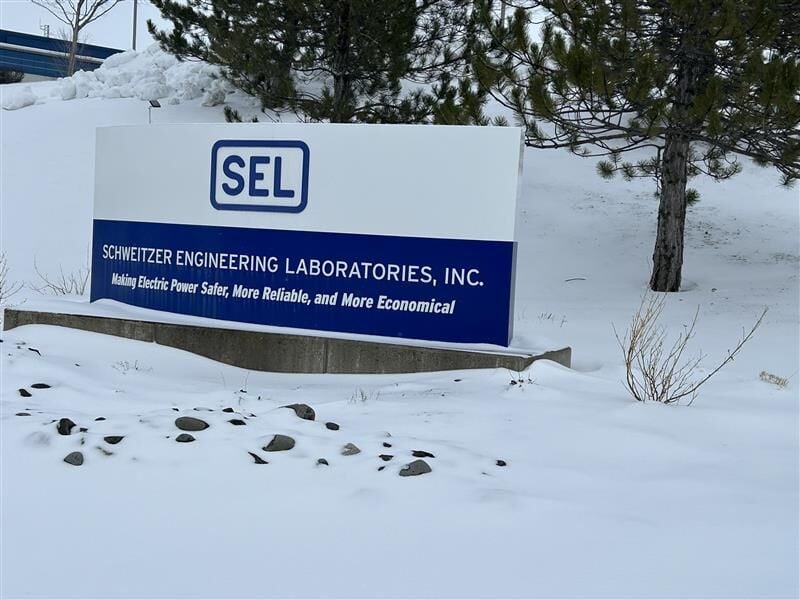PULLMAN, Wash. — Schweizter Engineering Laboratories (SEL) is developing technology that could change the way autism is detected in young children.
This new medical device is based on a prototype developed by Dr. Georgina Lynch, PhD, while she was researching and teaching at Washington State University and Appiture Biotechnologies.
“The research that we had done in the College of Medicine really took us down a pathway of commercialization,” said Dr. Lynch. “And so that brought me to Schweitzer.”
Lynch is now a principal scientist in order to continue her research into the private sector.
Her invention is a handheld device that measures and records the pupils’ response to light.
“This is showing a lot of promise as an objective physical measure,” Lynch said. “We currently have no objective measure to assess the risk for autism.”
The process takes five seconds to record.
This device does not diagnose autism, but it can detect risk factors in children as young as 18 months.
“The earlier that we can intervene and provide the services that can help children with autism – particularly as 18 to 24 months – that it has incredible long-term outcomes that are substantially different than if the child waits until the average age of diagnosis – which is 48 months,” Lynch said.
The device is still in its research and development phase at SEL.
“We have a really tight relationship with the university, and now our new route in medical devices was born over that same way at WSU,” said Travis Mooney, Vice President of Research and Development at SEL. “It’s just really important to me to be able to work locally first and then branch out to the greater community.”
The lab hopes to see this device at work in the community in the next two years.
COPYRIGHT 2025 BY KXLY. ALL RIGHTS RESERVED. THIS MATERIAL MAY NOT BE PUBLISHED, BROADCAST, REWRITTEN OR REDISTRIBUTED.


